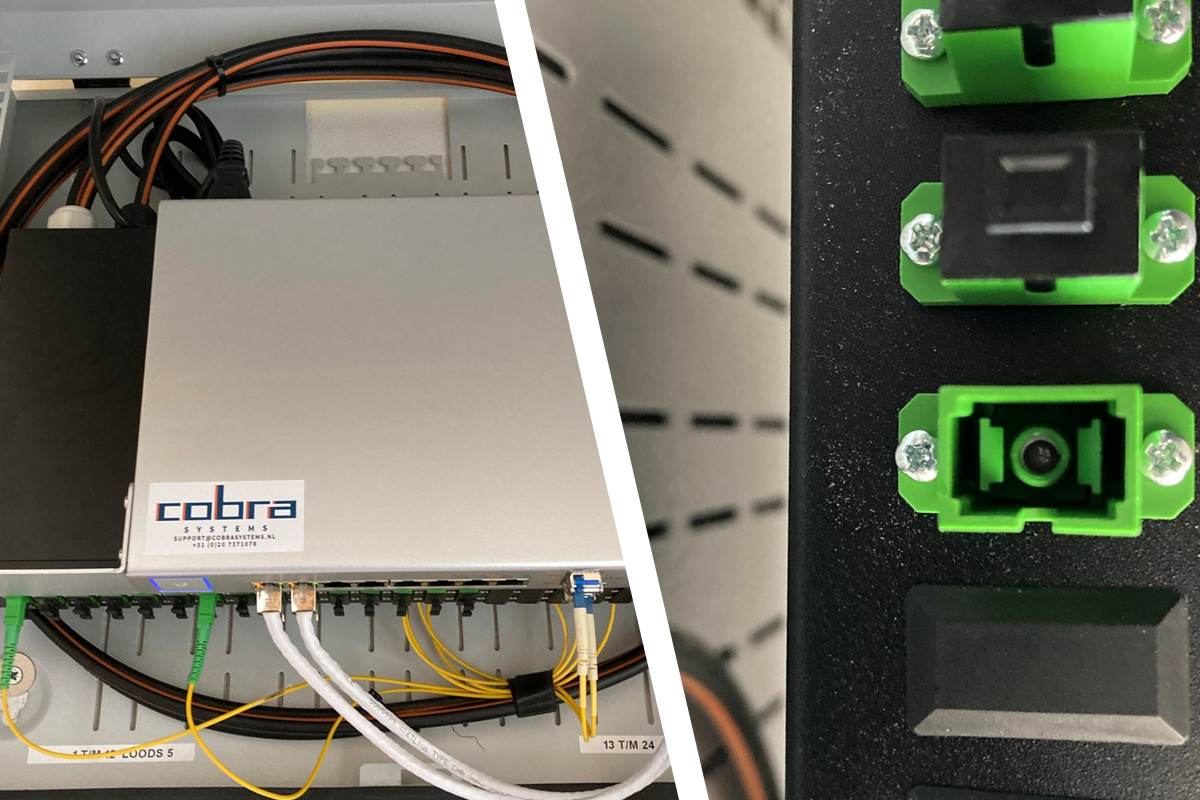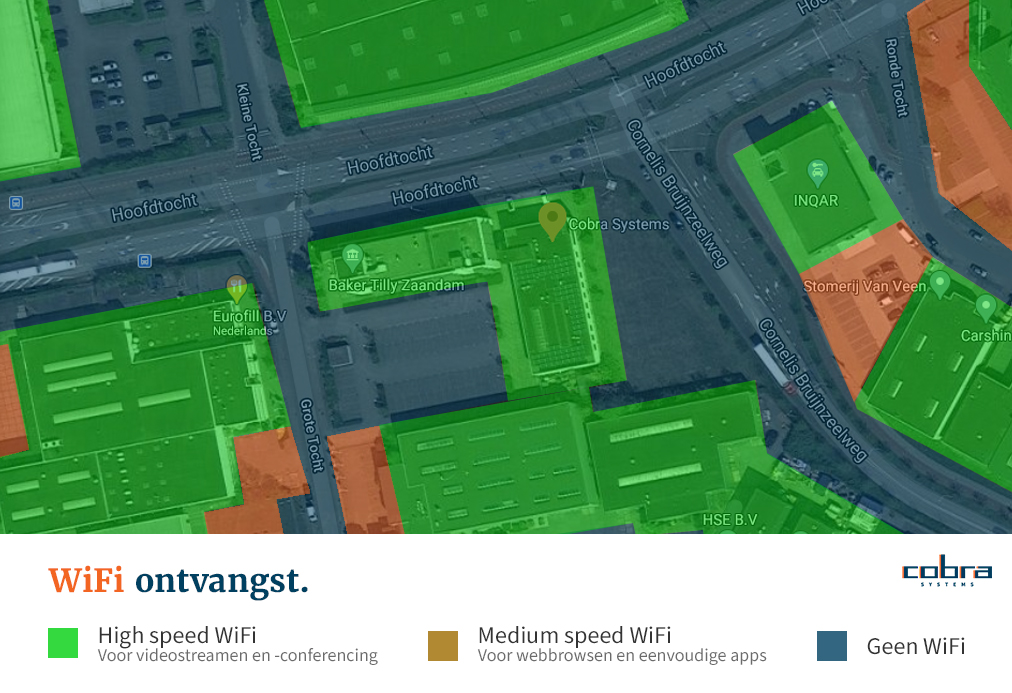Good WiFi, what is it?
In an earlier blog we explained why good WiFi can lead to higher sales. Anyone who has ever experienced “bad WiFi” knows that the opposite can also apply. Realizing good WiFi is not always easy, but it is certainly possible. So read on quickly!
What is it, good WiFi? We define good WiFi as “a wireless network connection that meets the expectations that a visitor can reasonably have at a certain location.” So it is not only about technology, but certainly also about managing expectations. We start with the technique.

Technology as the basis
Technically, it is certainly possible to achieve high bandwidth almost anywhere. However, this is sometimes more difficult in practice, especially for larger locations indoors and outdoors, because:
There is often a limited budget, which means that choices have to be made. WiFi in a shopping plaza or in a restaurant is usually seen as more important than WiFi in a toilet.
An organization (such as certain recreational parks, but also coffee bars) sometimes chooses not to realize wireless coverage somewhere on purpose. A motivation could be that customers want peace of mind, or that customers should not linger in one place for too long.
The implementation often takes place in stages, especially at larger outdoor locations, for budget reasons but also because, for example, glass fiber must be buried. WiFi usually has a wired “backbone” that must be properly arranged. That means careful planning, digging, wiring and testing. Connecting the WiFi equipment itself is the least work.
There is a limited incoming Internet connection. Not surprisingly, no matter how well we build the wireless network, the Internet can never be faster than the incoming connection. Luckily, we have some clever ways to stretch incoming bandwidth for as many users as possible. We are also happy to help achieve a higher speed, but it usually takes time and money to request this from the suppliers.
Create a coverage plan
The technical realization of the required WiFi quality at the designated places is not the problem. Freeing up the required time and budget is usually the bottleneck in this. What you can do about this is to prepare a coverage plan in advance, which indicates which areas will be covered and with what quality and speed that is expected to be. And of course also measure the result afterwards in a delivery report.
After delivery, it is important that the quality is maintained at least. That is why continuous monitoring and periodic maintenance is important. In outdoor locations, it is therefore important to look at the green areas, because growing trees and branches can affect coverage.
Then we come to perhaps the most important point, which is often overlooked but equally difficult: expectation management towards the visitors and users of the network.

Expectations about WiFi in pictures
At Cobra Systems we use a rating system where we can indicate in advance which areas are covered and with what quality. The trick here is to do this as simply as possible. The current setup of this is a coverage map in areas with a rating per area:
- No WiFi
- Medium speed WiFi,for web browsing and simple apps
- High-speed WiFi, for video streaming and conferencing
The idea is to also make this map available to visitors and users of the network, so that they can see in advance what to expect. This makes it possible to determine more objectively what “good WiFi” is. Do not forget to measure afterwards what people thought of the WiFi at your location, for example as part of a customer satisfaction survey.
Would you like to contribute, please! Let us hear from you.









